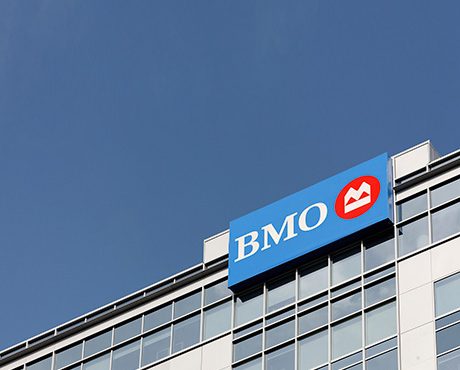Skeptics have long feared a slowing Canadian economy would crimp profits at Bank of Montreal (NYSE:BMO, TSE:BMO), but the country’s fourth-largest financial institution by assets once again proved the doubters wrong.
On May 25, BMO reported financial results for the quarter ended April 30, 2016. At the top line, the bank generated CA$5.1 billion in revenue, which represented 12.6% growth year-over-year and also beat analysts’ expectations of CA$5.03 billion. (Source: “BMO Financial Group Reports Net Income of $973 Million for the Second Quarter of 2016,” Bank of Montreal, May 25, 2016.)
Adjusted earnings per share (EPS) came in at CA$1.73. While the number was better than the year-ago period, it was slightly below analysts’ estimates of CA$1.75.
BMO also raised its quarterly dividend by two percent from the preceding quarter to $0.86 per share. That translates to CA$3.44 per share on an annual basis. At today’s stock price, BMO now has an attractive yield of 4.08%.
What investors really want to know is how the bank is being affected by the downturn in the energy sector. Oil prices have plunged over the past two years, putting many drillers out of business. As one of the “Big Five” Canadian banks, BMO is seen as a bellwether on the country’s economy, which depends heavily on oil.
As it turns out, the damage to BMO was less than expected, suggesting low oil prices have had a lesser effect on the Canadian economy than predicted. In the quarter, the bank’s total provision for credit losses increased by CA$40.0 million from the prior year to CA$201 million. However, the amount was substantially less than the CA$250 million expected by analysts.
“In the quarter, we were encouraged to see a more positive tone in the market environment for interest rates, currencies and commodities, while economic fundamentals remain healthy,” said Bill Downe, chief executive officer of BMO Financial Group. (Source: Ibid.)
“Our capital position is strong and we are progressing with the work of further differentiating the bank through our digital platforms while driving efficiency and growing customer loyalty as our first priority,” he added. (Source: Ibid.)
